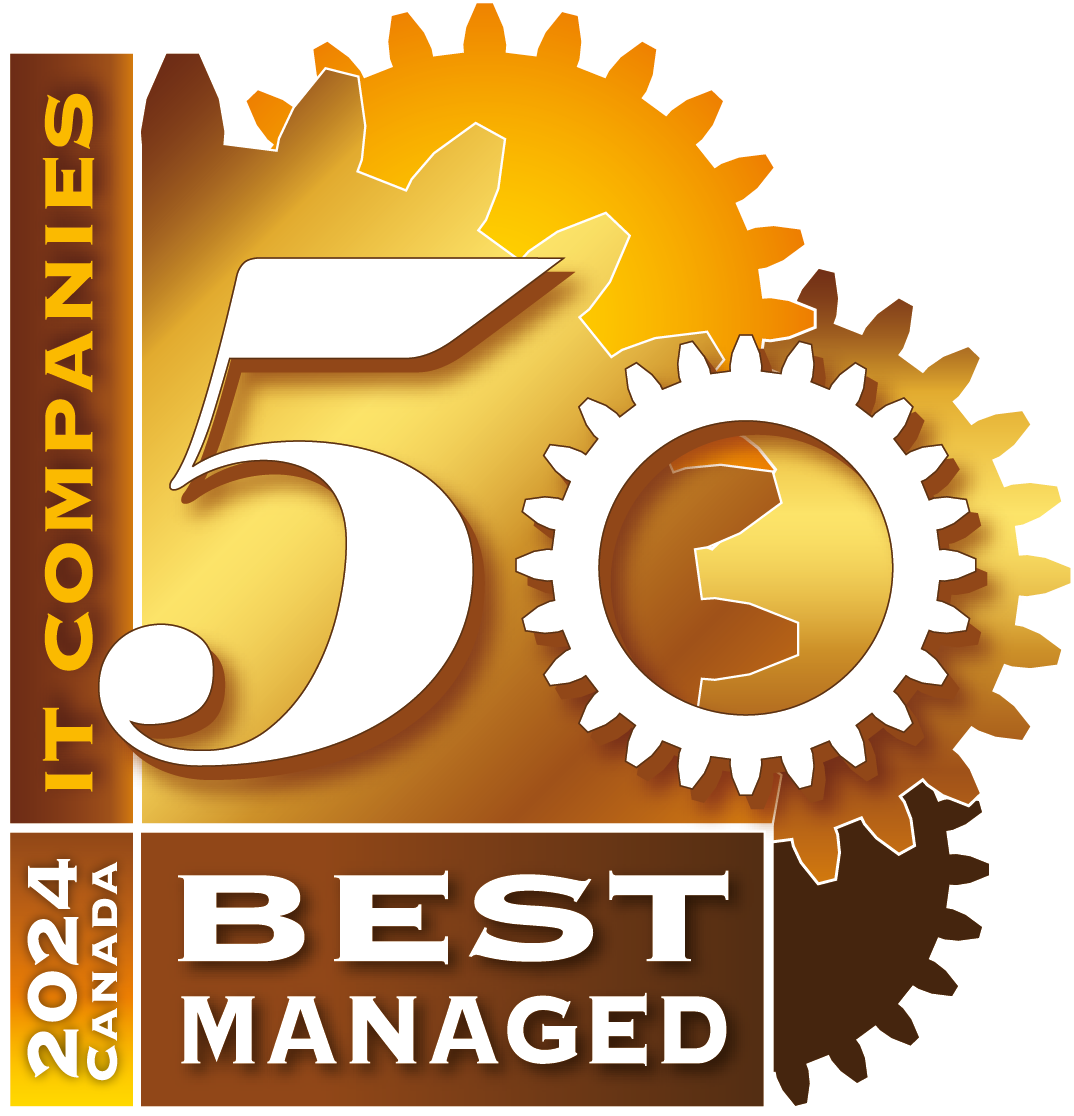SaaS and Cloud computing are two terms you may hear frequently when businesses are evaluating their technological needs, as both offer cost-effective alternatives to owning and maintaining on premise servers. Although SaaS is a type of cloud computing, the terms are not interchangeable.
Both models can be accessed instantly from anywhere you have an internet connection and offer visibility into your data in real time – but there are some key differences between the two, which will influence the direction you choose to take.
Cloud vs SaaS
If you’re looking for a ready to go, inclusive option that doesn’t require additional effort on your part, the SaaS model may be the way to go. It’s important to note that not all SaaS models are built in the cloud. Rather, some SaaS products and apps can be constructed on a centralized terminal and then installed through a server that is cloud-based.
The Cloud Computing model proves reasonable for some organizations as it combines the use of various services into a cloud infrastructure, removing the onsite components such as data-centers and physical security, reducing the upfront capital costs.
Something to note, is that Cloud Computing tends to have higher labour costs than the SaaS model because it requires implementation and maintenance. With the SaaS model, there is only the service fee but there can be higher costs for subscriptions and usage because the provider is taking care of everything else.
Infrastructure vs. Applications
Using SaaS, an organization removes the responsibility of the maintenance and security of all the management layers; they just login and use it for a monthly fee. However, this leaves little visibility into what it’s doing. Should something break, there is not much that can be done, as you don’t own or lease the infrastructure. Instead, you would need to wait for the provider to restore service.
With Cloud Computing you would rent or lease your cloud infrastructure on demand or reserve them in advance from a provider. It’s very similar to an onsite solution minus the hardware. With better visibility into your data than SaaS, you gain the ability to report on alerts, events and monitoring. There is more control into what’s going on, gaining the ability to troubleshoot issues on your own time and not rely on an operator.
Saas vs Cloud: What are you paying for?
With the SaaS model, different companies may use the same software level for different purposes because there are standard features that each organization requires.
With Microsoft 365, for example, you get a bundle of services that include a suite of apps; such as Outlook, Excel, and Word that include online storage and cloud connected features.
With Cloud Computing there is more control; you only pay for the features you need. Adding the option to pay up front as opposed to monthly, you could also reduce your cost by 10%-20%. For example, by committing to a 1-year term on resources such as Amazon Web Services (AWS) you can see the savings instantly.
Cloud Computing vs SaaS: Storing & Accessing Data
With all Cloud Computing, we need to consider where that data is stored and how secure that location is both virtually and physically.
Using the Cloud Computing model an internal team or Managed Service Provider would own the infrastructure – the design, implementation, maintenance and security of it, making it a flexible solution that leaves room to scale as business needs change.
The SaaS model, on the other hand, has three management possibilities; Self-Managed, Local IT Managed and Externally Managed SaaS. With Local IT Managed, an internal IT person or team within the organization is responsible for implementing and maintaining the SaaS application. Externally Managed SaaS could be a Managed Service Provider or a vendor managed SaaS application, such as Nerdio.
Are You Wondering Which Model Will Align With Your Business?
Fusion Computing understands your specific business requirements.
Receive expert advice and choose the option that best suits your needs and budget.
Cloud Computing is slowly becoming a legacy model as more companies begin to look for flat fee standardized platforms where they will always have the latest version of software. SaaS platforms remove the responsibility associated with Cloud Computing and with the cost of SaaS coming down; it is becoming a more viable solution.
To find out which model will best suit your needs, consulting with a trusted Managed IT Services provider, such as Fusion, is a good place to start. Our seasoned IT experts have the experience and knowledge to help you choose the model that your organization needs to best achieve its goals.
